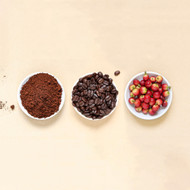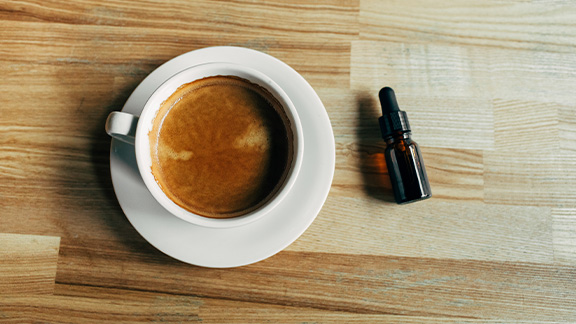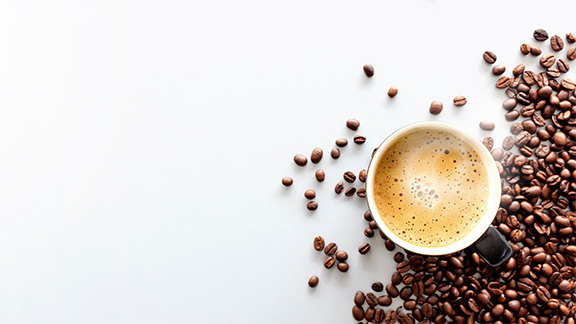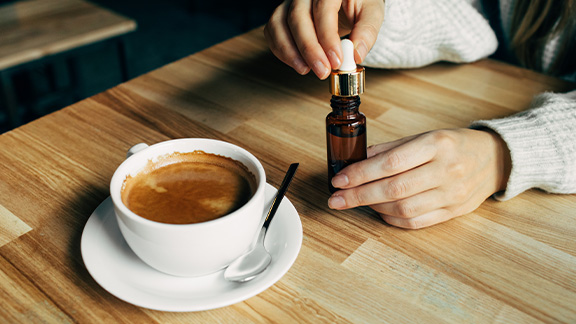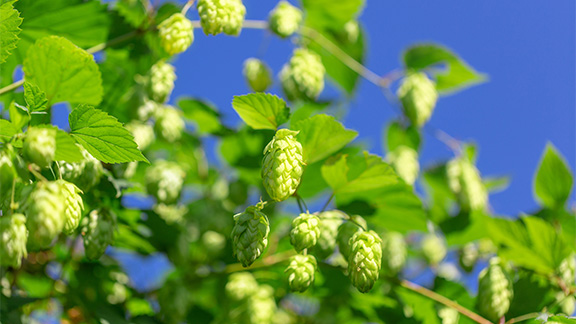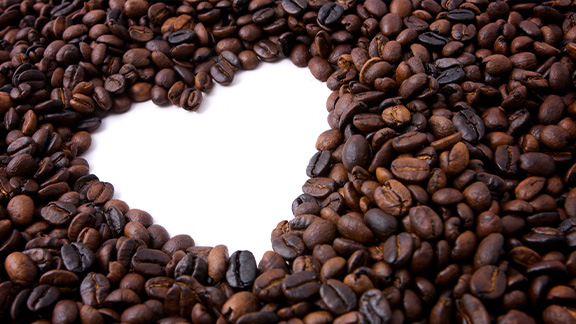Coffee History: The Story of A Merry Cherry
Posted by Ooo La Lattes on 30th Aug 2022
Updated: 6th of July 2024
Coffee is the most popular drink in the world, enjoyed by billions of people every day. But what many people don't know is that coffee isn't just a morning ritual-it's also an important crop that helps to support the livelihoods of millions of people. The history of coffee agriculture is a complex and fascinating process, and we're going to explore it and the history of coffee in depth in this article.

The History of Coffee and the First Coffee Houses
Coffee is a brewed drink prepared from roasted coffee beans, the seeds of berries from certain Coffea species. The genus Coffea is native to tropical Africa (specifically having its origin in Ethiopia and Sudan) and Madagascar, Comoros, Mauritius, and Réunion in the Indian Ocean. Coffee plants are now cultivated in over 70 countries, primarily in the equatorial regions of the Americas, Southeast Asia, India, and Africa. The two most commonly grown are C. arabica and C. robusta. Once ripe, coffee berries are picked, processed, and dried. Dried coffee seeds (referred to as "beans") are roasted to varying degrees, depending on the desired flavor. Roasted beans are ground and then brewed with near-boiling water to produce the beverage known as coffee.
Coffee is darkly colored, bitter, slightly acidic, and has a stimulating effect on humans. Today, coffee is one of the most popular beverages worldwide. It can be prepared and presented in a variety of ways (e.g., espresso, French press, caffè latte). It is usually served hot, although iced coffee is also served. Clinical studies indicate that moderate coffee consumption is benign or mildly beneficial in healthy adults, with continuing research on whether long-term consumption lowers the risk of some diseases, although those long-term studies are of generally poor quality.
The earliest credible evidence of coffee drinking appears in modern-day Yemen in southern Arabia in the middle of the 15th century in Sufi shrines. It was here in Arabia that coffee seeds were first roasted and brewed, in a similar way to how it is now prepared. Coffeehouses were also established in Mecca at this time.
Coffee then spread to Egypt and North Africa, and by the 16th century, it had reached Persia, Turkey, and India. From there, it traveled to Europe and the rest of the world. The word "coffee" entered the English language in 1582 via the Dutch koffie, borrowed from the Ottoman Turkish kahve, borrowed in turn from the Arabic qahwah.
The first coffeehouses in Western Europe appeared in Venice, as a result of the traffic between La Serenissima and the Ottomans. The first one is recorded in 1645. The first London coffeehouse was opened in 1652 by Pasqua Rosée, originally from Constantinople. Coffeehouses in England quickly spread to become popular places not just for drinking coffee, but also for reading, writing, socializing, and even conducting business.
In 1675, Edward Lloyd's coffeehouse became a well-known meeting place for sailors, merchants, and shipowners, and it was here that insurance contracts were developed that led to the formation of Lloyd's of London.

By the 17th century, coffee had made its way to the New World. The first coffee plant was brought to Jamaica by Captain Lloyd from Martinique in 1655. Coffee then spread throughout the Caribbean, Central America, and South America.
The Brazilian coffee industry began in 1727, when Brazilian Lieutenant General Francisco de Melo Palheta smuggled a living coffee plant from French Guiana. Brazil went on to become the world's largest coffee producer, a position it still holds today.
In 1773, Swedish botanist Carl Linnaeus named the genus Coffea in honor of the German-born medical doctor and botanist Johann Sebastian Bach (1685–1750).
The first use of the word "coffee" in English is from the 1650 translation of the Dutch book Beschryvinge van Oost-Indiën by Jan Huyghen van Linschoten, which mentions coffee beans and coffee as a beverage.
In his 1732 work Statistica Sinica, German physician and scientist Engelbert Kaempfer noted that "the way to make good use of the berry of this plant is to crack them, and then to boil them in water until it has extracted all its strength."
The first European account of coffee drinking comes from an Arabic source. In his travelogue The Description of Egypt (c. 1300), Moroccan scholar Muhammad al-Idrisi noted that "in Cairo, at every street corner and in every shop, one finds coffee and everyone drinks it."
In 1600, an Armenian physician named Hakob Medzopetsi wrote the first book on coffee, titled The Tea and Coffee Book. In it, he described how to prepare and serve coffee.
The first European coffeehouse was opened in Venice in 1683. By 1800, there were more than 3,000 coffeehouses in England alone.
In the United States, coffeehouses were first established in Boston and New York City in the mid-1600s. These early coffeehouses were typically located near docks and other places where sailors congregated. They quickly became popular gathering places for sailors, merchants, and other people involved in international trade.
In 1773, the Boston Tea Party occurred in protest of the British government's tax on tea. This event helped to solidify coffee as the drink of choice for many Americans.
Today, coffee is enjoyed by people all over the world and is an important part of many cultures. It is estimated that more than 500 billion cups of coffee are consumed each year.
What Is Coffee Agriculture and Why Is It Important
Coffee agriculture is the process of growing coffee beans. It's an important industry, not just because of the caffeine boost it provides, but also because it helps to support the livelihoods of millions of people around the world.
Coffee plants are grown in tropical and subtropical climates, and different types can be used. The beans are harvested and processed, then roasted and brewed to make coffee.
The caffeine in coffee has some health benefits, and coffee culture is a big part of life in many countries. Coffee is also becoming increasingly popular in China and other parts of Asia.
The future of coffee agriculture is looking bright, and with increasing demand for coffee around the world, it's sure to remain an important crop for many years to come.

How Does Coffee Get From the Farm To Your Cup
There are a few different steps involved in getting a cup of coffee from a farm to you. The first step is harvesting the beans. This is usually done by hand, and they are then sorted according to size and color.
The next step is processing. This can be done in several ways, but usually involves removing the outer layer of the bean and drying it out.
A roasted and brewed cup of coffee is the result of all these steps. It's important to get the roasting and brewing process just right, as it can affect the flavor and caffeine content of the coffee.
The history of coffee shows how it's a complex drink with a long backstory and a rich culture. It's enjoyed by billions of people around the world, and it's sure to remain popular for many years to come.

The Different Types of Plants and Beans
There are several different types of coffee plants and beans that can be used to make coffee. The most popular type of coffee is Arabica, and there are several different strains of this plant.
Arabica beans are usually grown in tropical and subtropical climates, and they come in a variety of flavors and aromas. There are also several different types of Robusta beans, which are grown in colder climates.
Robusta beans are generally used in blends, as they have a higher caffeine content and a more bitter flavor.
The coffee tree is an evergreen shrub that can grow to be 10-15 feet tall but is usually pruned to be much smaller. A coffee tree can produce fruit for up to 50 years, but it takes 3-4 years for a new tree to mature enough to produce its first crop.
The flowers of the coffee plant are white and have a sweet smell. The fruit of the coffee plant is called a coffee cherry, and each cherry contains two beans. Coffee is made from these small, round, dark-red fruit that grows on coffee trees
Coffee cherries are usually red when they are ripe, but several different varieties can be yellow, orange, or even black.
The beans are removed from the coffee cherry and then they are roasted to create the familiar coffee flavor. They can be roasted to a variety of different degrees, and this will create different flavors.
The coffee bean contains several different compounds that contribute to the flavor of the coffee. Some of these compounds are oils, and these can be extracted from the beans to create flavored coffees.

Harvesting and Processing Coffee Beans
Coffee is native to Ethiopia, and the first recorded instance of coffee drinking comes from the country in the 15th century. Coffee was introduced to Arabia in the 16th century, and from there it spread to Europe and the rest of the world. Today, coffee trees are grown in more than 50 countries and are one of the most valuable agricultural commodities in the world.
The majority of the world's coffee is produced by small-scale farmers, many of whom are members of cooperatives. These farmers grow coffee on family-owned farms that are typically less than 12 hectares (30 acres) in size. In many countries, coffee is the main source of income for these small-scale farmers and their families.
Coffee cultivation and processing are labor-intensive activities, and most of the work is done by hand. The coffee tree is a delicate one, and it takes years of experience to learn how to grow and process coffee cherries into a high-quality product.
In recent years, the coffee industry has faced challenges from climate change, pests and diseases, and declining prices. These challenges have led to increased pressure on small-scale farmers, who are often struggling to make a living.
Despite the challenges, coffee remains an important part of the global economy and culture. It's estimated that more than 2 billion cups of coffee are consumed every day, and the coffee industry is worth billions of dollars.
So, next time you are drinking coffee, take a moment to think about the long and fascinating history of this humble little bean.
The coffee "cherry" (fruit) ripens at different times throughout the year, depending on the location of the plantation. Once ripe, the cherries are hand-picked and sorted according to size and quality. The best cherries are then sent to a processing plant where they undergo one of two methods of processing: the dry method or the wet method.
In the dry method, the cherries are spread out on large concrete patios to sun-dry for several weeks. They are raked regularly during this time to ensure even drying. Once they are dried to the desired moisture content (usually around 12%), the beans are hulled to remove the outer skin and then sorted again by hand.
The wet method is more common in regions with plentiful water supplies. In this method, the ripe cherries are soaked in water tanks for up to two days. This softens the fruit and makes it easier to remove the coffee bean from the center of the cherry. The beans are then fermented in water for another day before being hulled and sorted.
After processing, they are sorted one final time and then bagged for shipment. Most coffee is shipped in jute or sisal sacks that hold about 60 kg (130 lbs) of beans. Smaller amounts can also be shipped in vacuum-sealed bags.
Roasting and Brewing Coffee
Coffee is typically roasted before being brewed. Roasting coffee beans alters the physical and chemical properties in a way that improves the flavor of the coffee. It also makes the beans more soluble, which is important for making a good cup of coffee. The roast level, or darkness of the roast, also affects the flavor of the coffee. Darker roasts have a more intense flavor, while lighter roasts are more delicate. There are many different ways to roast coffee, and each method produces unique results.
After roasting, they are ground and then brewed to create coffee. Brewing extracts the flavors and aromas and dissolves them in water to create a beverage. There are many different brewing methods, and each one produces coffee with different characteristics.
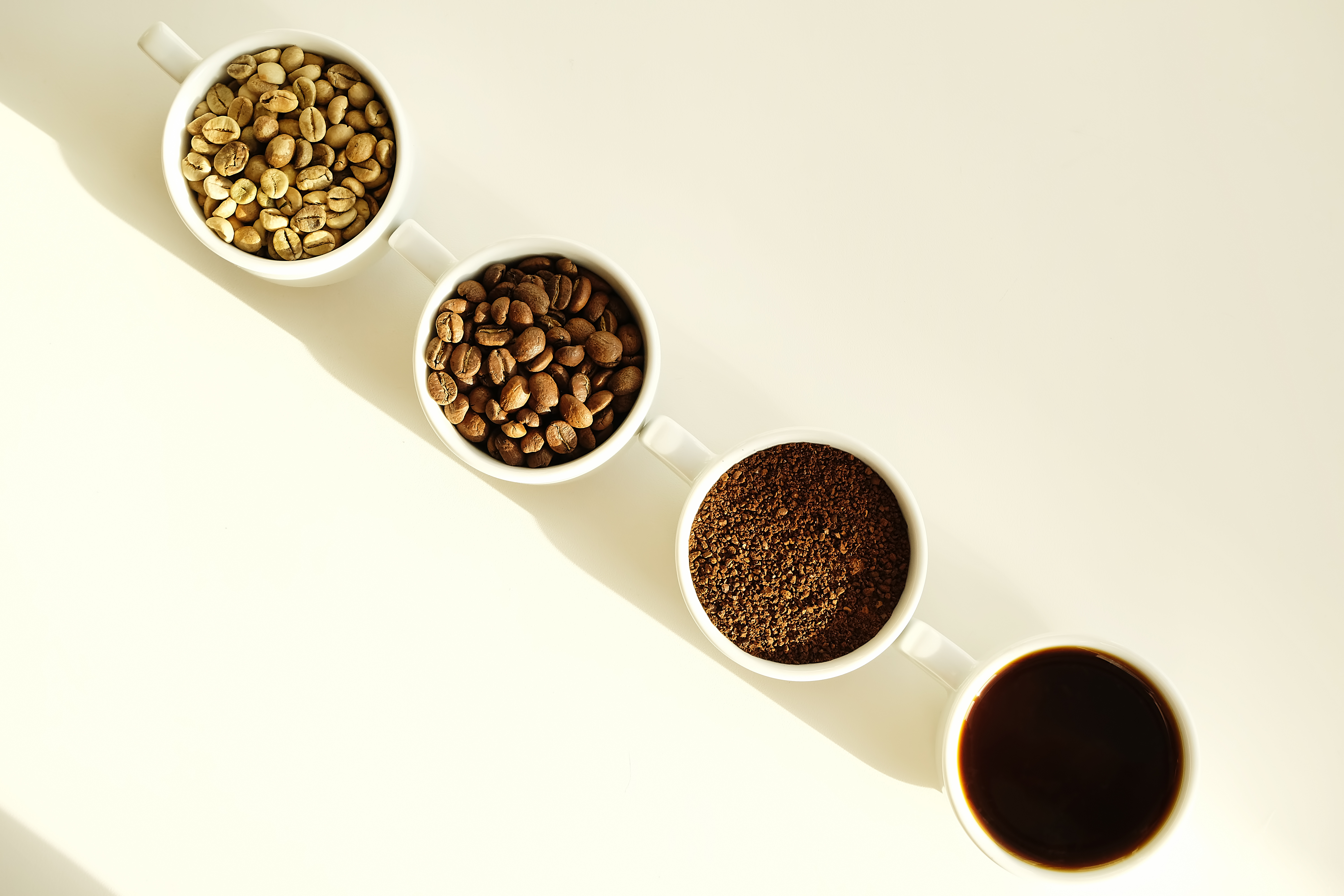
The Science of Caffeine
Caffeine is a compound that is found in coffee, tea, and other drinks. It is also found in chocolate and some medications. Caffeine is a stimulant that can increase energy levels and mental alertness.
Caffeine works by blocking the effects of adenosine, a chemical that promotes relaxation and sleepiness. By blocking the effects of adenosine, caffeine can help to improve mental performance and energy levels.
Caffeine is also a diuretic, which means it can increase the amount of urine that is produced. This can lead to dehydration if too much caffeine is consumed.
Caffeine has been linked to several health benefits, including improved mental performance, increased metabolism, and reduced risk of obesity and heart disease. However, too much caffeine can also have negative effects, such as anxiety, insomnia, and upset stomach.
Coffee Culture Around the World
Coffee is enjoyed by people all over the world, and it's sure to remain popular for many years to come. There's practically a coffee house on every corner. Whether you enjoy coffee drinking or not, there's no denying the importance of this crop to the global economy.
As coffee becomes more popular, so does coffee culture. There are several different ways to enjoy coffee, and each country has its unique way of doing things.
Italy is known for its espresso bars, which are small cafes that serve coffee and espresso drinks. Japan is known for its iced coffee drinks, which are served with ice cream or milk. And America is known for its blended coffee and cold brews. There's also a coffee house everywhere you look
No matter where you live, there's a coffee shop that's perfect for you. Coffee culture is alive and well, and it's only getting bigger and better with time.
The Future of Coffee Agriculture
The future of coffee agriculture is looking bright. With the global population continuing to grow, the demand for coffee is also increasing. This means that the coffee industry is going to continue to grow and that more people are going to be relying on coffee as a source of income.
Technological advances are also helping to improve the coffee industry. For example, there are now several different types of coffee machines that can be used to brew coffee at home. This means that you can enjoy your favorite cup of coffee without having to go to a cafe.
Coffee culture is also evolving, and there are now more ways than ever to enjoy this beloved drink. There are several different coffee shops around the world, each with its unique style and flavor.
So what does the future hold for coffee? It's clear that this crop is here to stay, and that it's only going to get bigger and better with time. So whatever your favorite way of drinking coffee is, make sure to savor it while you can. The future of coffee is looking bright!

Conclusion
Coffee is a beloved drink that has been enjoyed by people all over the world for centuries. Coffee is a complex crop that requires a lot of care and attention, but the result is well worth it. In this article, we have explored coffee cultivation in depth. We have looked at how coffee beans are harvested and processed and the different types of plants and beans. We've examined roasting and brewing methods, as well as the science of caffeine. We have also discussed coffee culture and the future of the coffee industry. So what does the future hold for coffee? It's clear that this crop is here to stay, and that it's only going to get bigger and better with time. We hope you've enjoyed this article examining the history of coffee.
Related Articles

